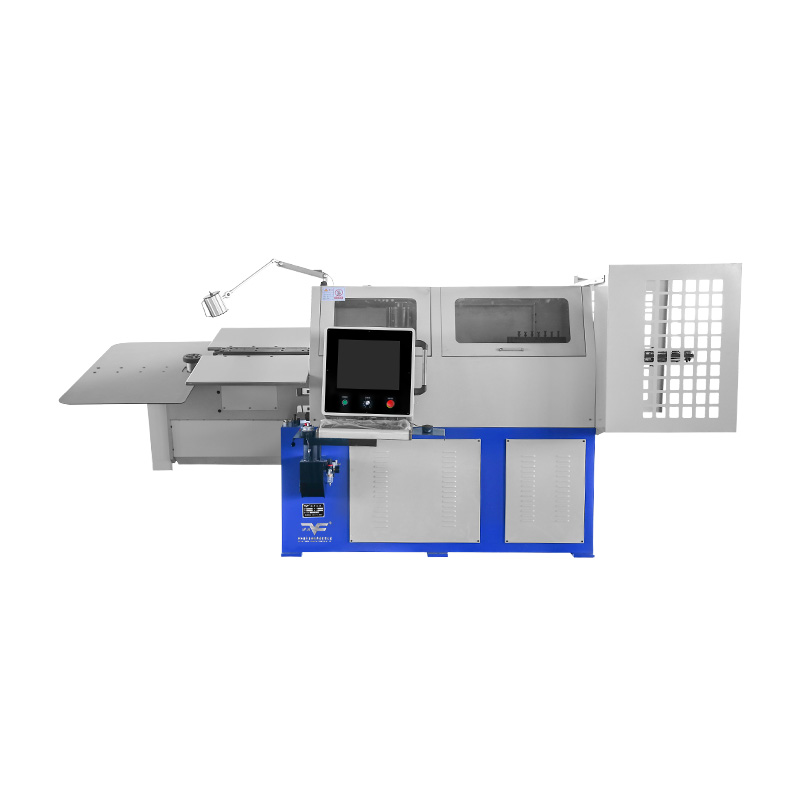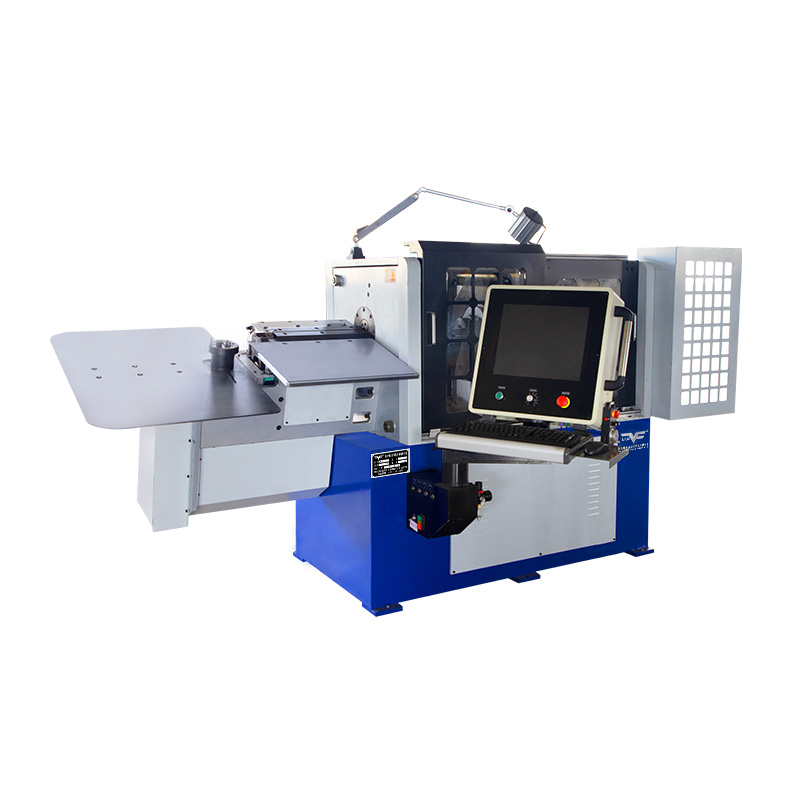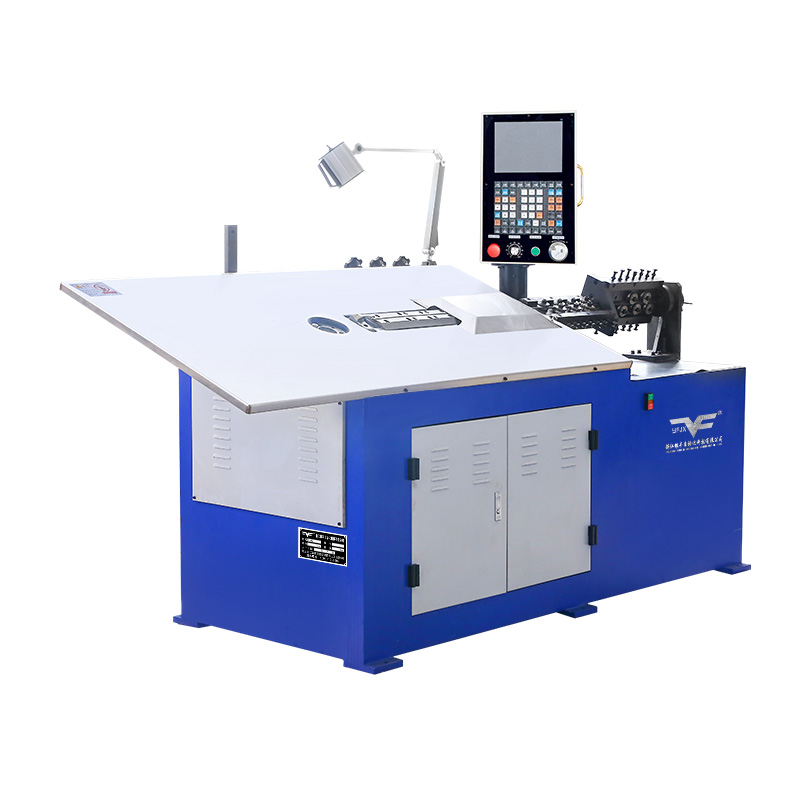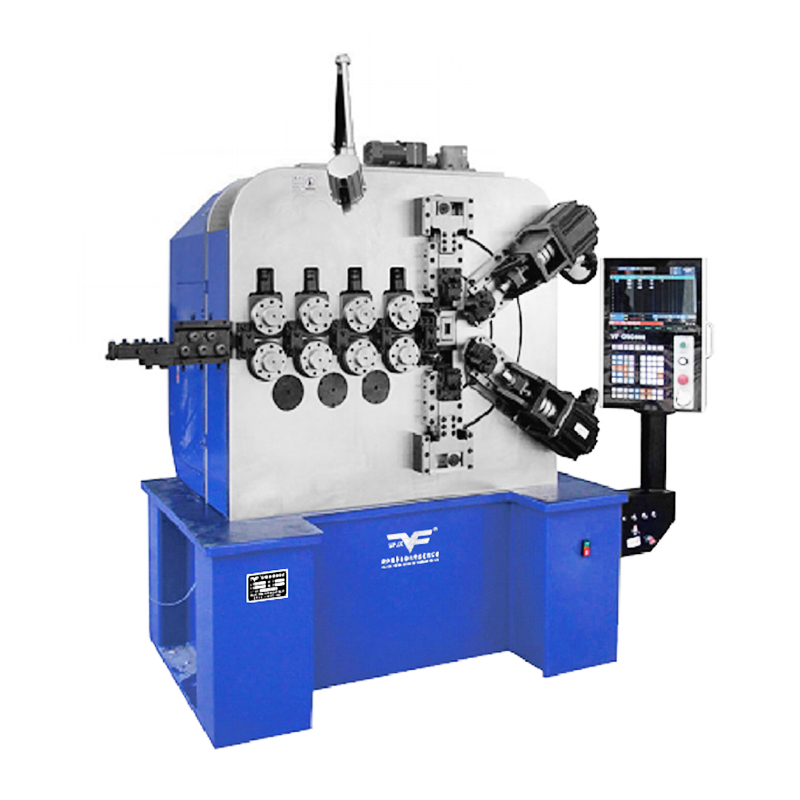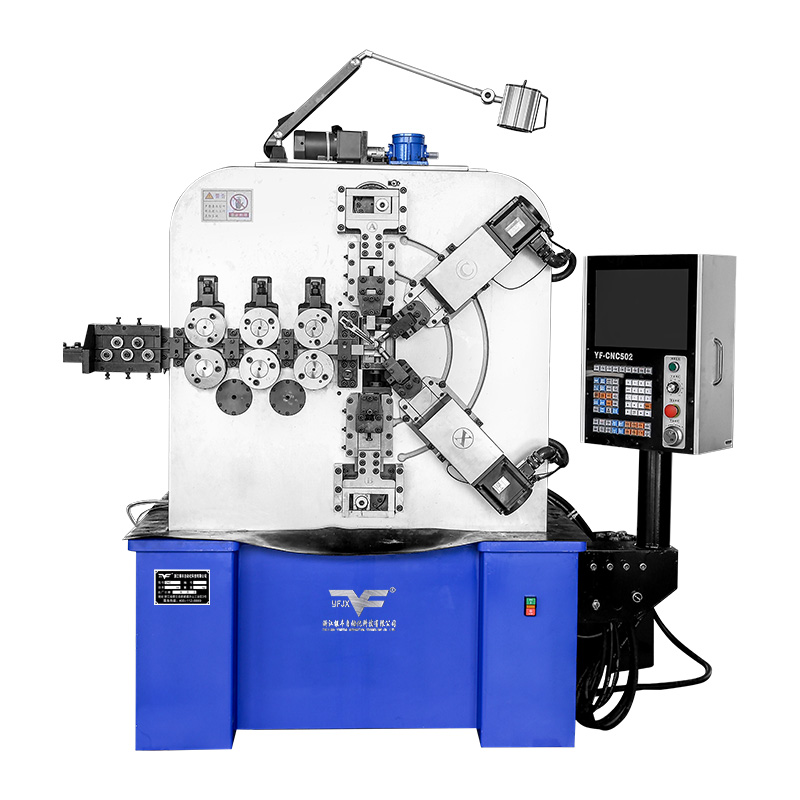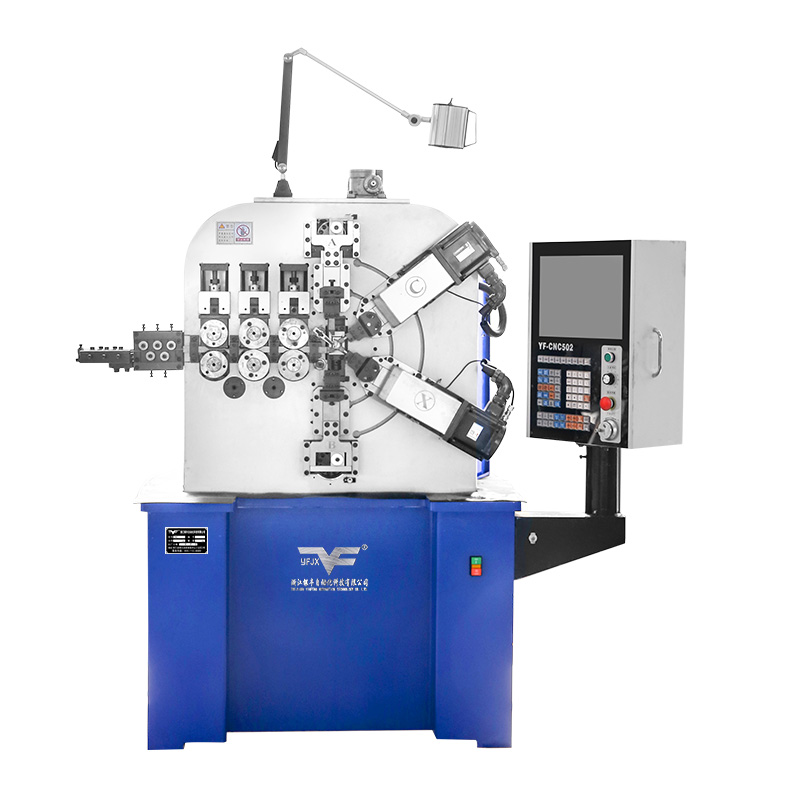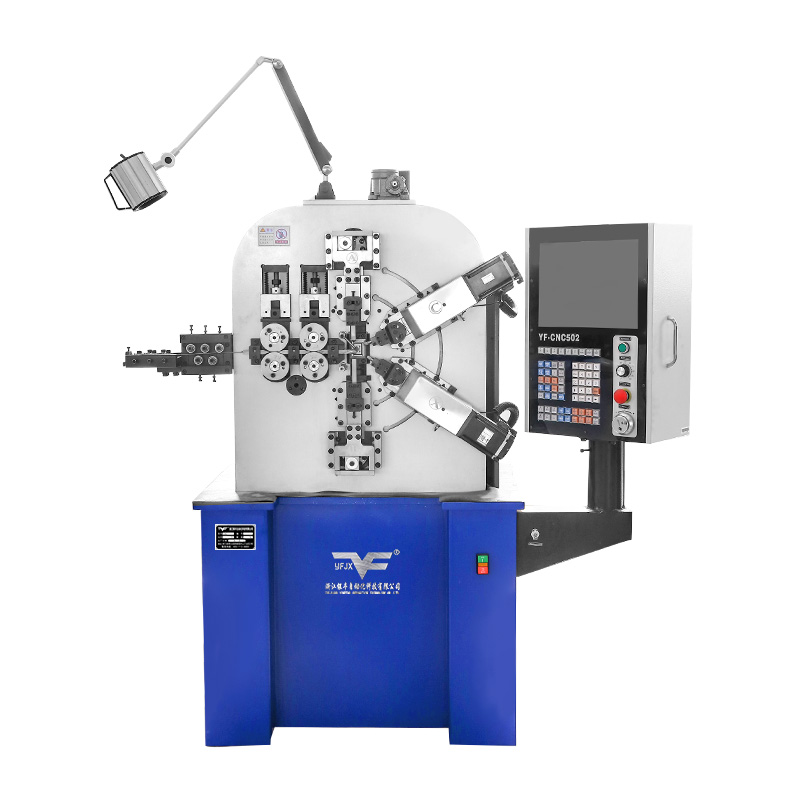How to Choose the Right Wire End Forming Machine for Your Specific Production Needs?
Industry News-The choice of the right wire end forming machine can make or break a production line. With a plethora of options available, selecting the appropriate equipment can be a daunting task.
Understanding Your Requirements
step in choosing the right wire end forming machine is understanding the specific requirements of your production process. Consider the following:
- Wire Material and Gauge: Different machines are designed for different types of wire materials and gauges. Knowing the material and gauge you will be working with is crucial.
- Production Volume: The production volume will determine the capacity of the machine you need. High-volume production requires a machine with higher throughput.
- Forming Techniques: The type of end form required will dictate the type of machine. For example, a double wire forming machine is necessary for applications requiring two wires to be formed simultaneously.
Types of Wire End Forming Machines
1. Double Wire Forming Machine: This type of machine is designed to form two wires at once, which can significantly increase production efficiency in applications where parallel wire processing is required.
2. Jumper Wire Forming Machine: Specialized for creating jumper wires, these machines are equipped with specific tools and settings to handle the unique requirements of jumper wire production.
3. Wire End Forming Machine: A general-purpose machine that can handle a variety of wire forming tasks, from simple bends to complex shapes.
Key Features to Consider
- Automation Level: The level of automation can greatly affect the efficiency of your production line. Fully automated machines reduce the need for manual intervention, thus increasing output and reducing labor costs.
- Customizability: The ability to customize the machine to meet specific forming needs is essential. This includes the flexibility to change tooling and settings for different wire types and end forms.
- Reliability and Durability: A machine that is reliable and durable will ensure minimal downtime and a longer service life, which is crucial for maintaining production schedules.
Evaluating Machine Performance
- Speed: The speed at which the machine can form wire ends is a critical factor, especially for high-volume production.
- Accuracy: The precision of the formed ends is essential for the quality of the final product. Ensure the machine can maintain consistent accuracy.
- Repeatability: The machine should be able to produce the same end form repeatedly without deviation.
After-Sales Support and Service
- Training: Ensure the manufacturer provides adequate training for your operators to use the machine efficiently.
- Maintenance: Consider the ease of maintenance and the availability of spare parts.
- Warranty and Service Agreements: A good warranty and service agreement can provide peace of mind and protect your investment.
Case Studies and Customer Reviews
- Real-World Applications: Look for case studies or customer reviews that demonstrate how the machine performs in real-world applications similar to your own.
- Industry Specific Solutions: Some manufacturers may offer industry-specific solutions that are tailored to the unique challenges of your sector.
Cost Considerations
- Initial Investment: While cost is a significant factor, do not compromise on quality and performance for the sake of saving on the initial investment.
- Total Cost of Ownership: Consider the total cost of ownership, including maintenance, energy consumption, and potential downtime.
Once you have evaluated the options based on the criteria above, it's time to make a decision. Remember, the right wire end forming machine for your production needs is not necessarily expensive or feature-packed. It is the one that fits your specific requirements and offers return on investment in terms of efficiency, quality, and reliability.
Choosing the right wire end forming machine, double wire forming machine, or jumper wire forming machine is a critical decision that can significantly impact your production capabilities. By understanding your needs, evaluating the features, and considering the total cost of ownership, you can make an informed decision that will drive your production to new heights of efficiency and quality.

 English
English русский
русский Español
Español 简体中文
简体中文